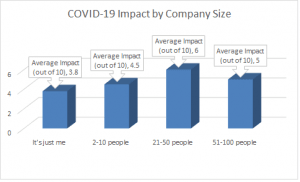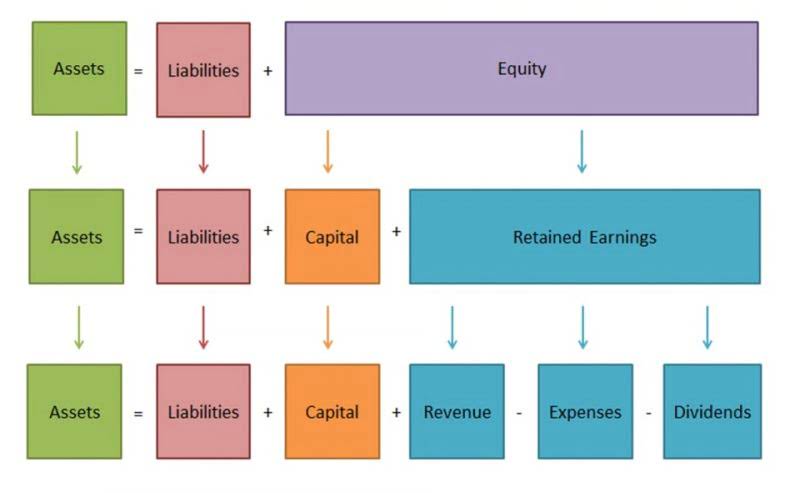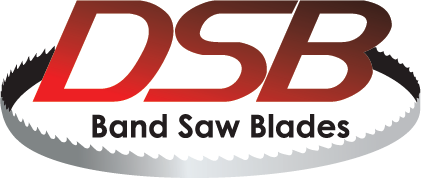
The basis of all the depreciable real property owned by the cooperative housing corporation is the smaller of the following amounts. You can depreciate leased property only if you retain the incidents of ownership in the property (explained list of depreciating assets below). This means you bear the burden of exhaustion of the capital investment in the property.

Units of production method

If you converted property held for personal use to use in a trade or business or for the production of income, treat the property as being placed in service on the conversion date. In chapter 1 for examples illustrating when property is placed in service. To determine any reduction in the dollar limit for costs over $3,050,000, the partner does not include any of the cost of section 179 property placed in service by the partnership. After the dollar limit (reduced for any nonpartnership section 179 costs over $3,050,000) is applied, any remaining cost of the partnership and nonpartnership section 179 property is subject to the business income limit.
Example of Units of Production Depreciation
Treat property as placed in service or disposed of on this midpoint. For a short tax year beginning on the first day of a month or ending on the last day of a month, the tax year consists of the number of months in the tax year. If the short tax year includes part of a month, you generally include the full month in the number of months in the tax year. You determine the midpoint of the tax year by dividing the number of months in the tax year by 2. For the half-year convention, you treat property as placed in service or disposed of on either the first day or the midpoint of a month. You must make the election on a timely filed return (including extensions) for the year of replacement.
Depreciation Worksheet for Passenger Automobiles
This is because the rise or fall in production causes the asset to depreciate more or less. The salvage value represents the cost the company expects to recover at Accounting Periods and Methods the end of the machine’s useful life. After deducting this residual value from the fixed asset cost, the value acquired is divided by the useful life of the fixed assets.
- Once the set-up is complete, businesses must begin depreciating the asset regardless of whether they use it regularly.
- The total depreciation allowable using Table A-8 through 2026 will be $18,000, which equals the total of the section 179 deduction and depreciation Ellen will have claimed.
- Regardless of the method of depreciation employed, the depreciable property must have the same cost basis, useful life, and salvage value upon the end of its useful life.
- In another way, the depreciable property generates income, and you own and use it for more than a year.
- For a passenger automobile, the total section 179 deduction and depreciation deduction are limited.
- In essence, a depreciation rate is applied to the net book value (carrying amount) of the asset, rather than its original cost (as with the straight-line method).
- Usually, a percentage showing how much an item of property, such as an automobile, is used for business and investment purposes.
Idle Property
- It is a tax accounting method by which an asset’s cost is allocated over the duration of its useful life using one of several generally accepted depreciation formulas.
- By aligning operational goals with the anticipated lifespan of assets, businesses can optimize resource allocation, prevent unexpected disruptions, and minimize the risk of unforeseen expenses.
- It allocates the cost of acquiring and using an asset in terms of units produced instead of time.
- These investments are essentially a method for people to invest in larger real estate assets that you normally wouldn’t have access to such as office buildings or apartment complexes.
- Person B takes their $25,000 each year and invests it in a number of assets that grow by an average of 5% per year.
- Since different assets depreciate in different ways, there are other ways to calculate it.
During the year, you made substantial improvements to the land on which your paper plant is located. You then check Table B-2 and find your activity, paper manufacturing, under asset class 26.1, Manufacture of Pulp and Paper. You use the recovery period under this asset class because it specifically includes land improvements. The land improvements have a 13-year class life and a 7-year recovery period for GDS.

When you think of economics in general, you can find the reasoning of why assets appreciate – the supply and demand curve. An asset is defined as “a resource with economic value that an individual, corporation, or country owns or controls with the expectation that it will provide a future benefit.” by Investopedia. These two assets make up the bulk of most investors’ portfolios and are also responsible for a significant amount of wealth creation. An appreciating asset is one that is worth more tomorrow than it is today.
- If this convention applies, the depreciation you can deduct for the first year that you depreciate the property depends on the month in which you place the property in service.
- Doing it right also means your financial reports show the real value of your assets and how your business is doing financially.
- Over time, the asset value will decrease due to usage, wear and tear, or obsolescence.
- Depreciation is a crucial element of managing business assets and planning for the future.
- After the dollar limit (reduced for any nonpartnership section 179 costs over $3,050,000) is applied, any remaining cost of the partnership and nonpartnership section 179 property is subject to the business income limit.
- If you use part of your home as an office, you may be able to deduct depreciation on that part based on its business use.
- Tractor units and specific horses fall under the category of 3-Year Property, referring to assets with a recovery period of three years for tax purposes.
If these requirements are not met, you cannot deduct depreciation (including the section 179 deduction) or rent expenses for your use of the property as an employee. It includes any part, component, or other item physically attached to the automobile at the time of purchase or usually included in the purchase price of an automobile. However, see chapter 2 for the recordkeeping requirements for section 179 property. An election to include property in a GAA is made separately by each owner of the property. This means that an election to include property in a GAA must be made by each member of a consolidated group and at the partnership or S corporation level (and not by each partner or shareholder separately). https://www.bookstime.com/ The recipient of the property (the person to whom it is transferred) must include your (the transferor’s) adjusted basis in the property in a GAA.
